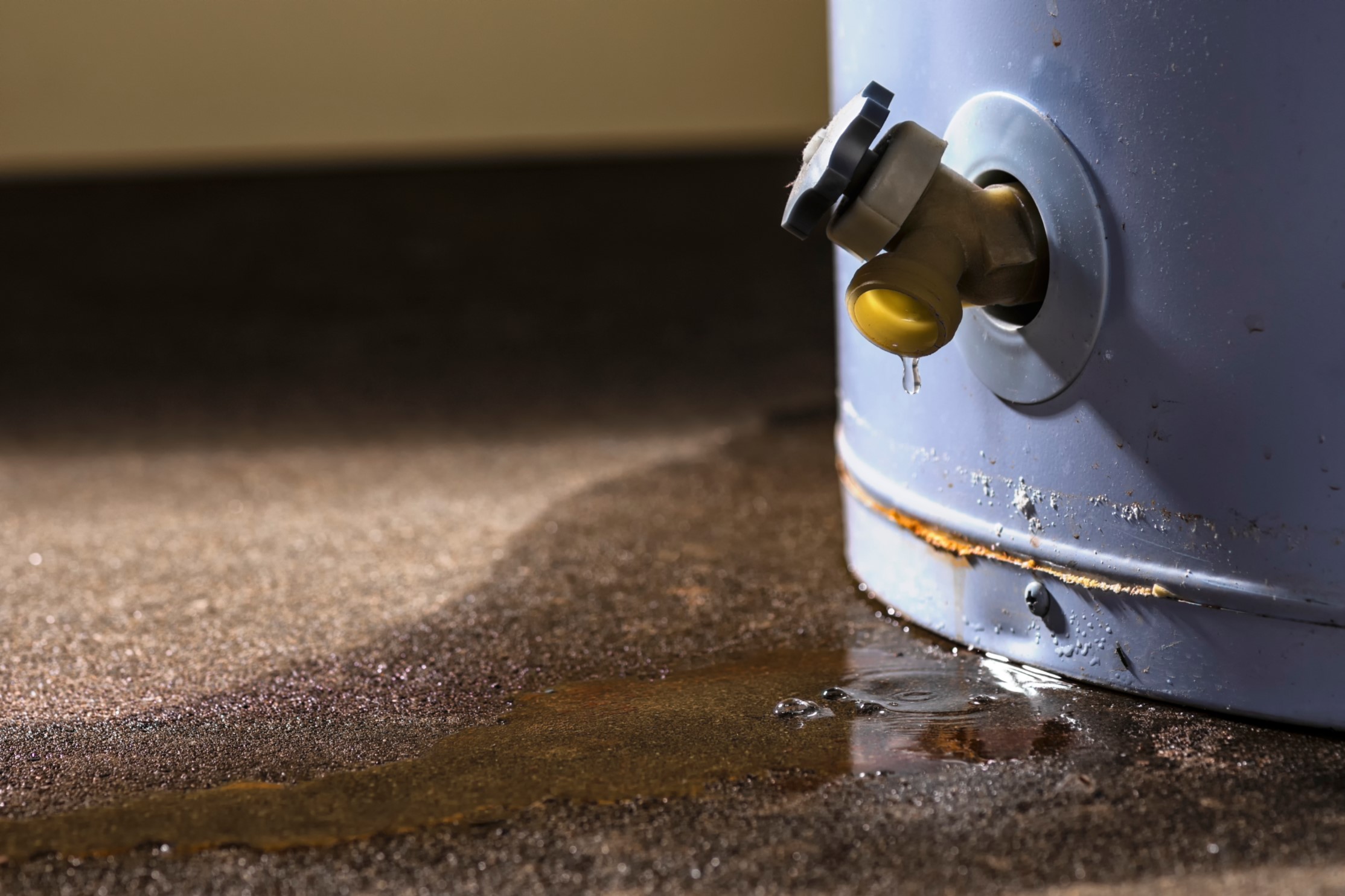Expert Tips for Maintaining Your Home's Hot Water SystemBest Methods to Maintain Your Home's Hot Water System Successfully
Expert Tips for Maintaining Your Home's Hot Water SystemBest Methods to Maintain Your Home's Hot Water System Successfully
Blog Article
Are you currently trying to find ideas involving Water Heater Maintenance Tips You Can't Afford to Forget?

Hot water is crucial for everyday convenience, whether it's for a revitalizing shower or washing meals. To ensure your warm water system runs efficiently and lasts much longer, regular upkeep is vital. This article supplies practical ideas and insights on just how to maintain your home's warm water system to avoid disturbances and costly fixings.
Intro
Preserving your home's warm water system may appear challenging, yet with a couple of basic actions, you can ensure it runs efficiently for many years ahead. This guide covers every little thing from understanding your warm water system to DIY upkeep tips and knowing when to hire expert assistance.
Value of Keeping Your Hot Water System
Normal maintenance not just extends the lifespan of your warm water system yet likewise guarantees it runs efficiently. Ignoring upkeep can lead to decreased effectiveness, higher power expenses, and also early failure of the system.
Indications Your Warm Water System Needs Maintenance
Understanding when your warm water system needs interest can stop significant concerns. Look out for signs such as inconsistent water temperature level, weird noises from the heating unit, or rustic water.
Recognizing Your Warm Water System
Before diving right into maintenance tasks, it's valuable to comprehend the fundamental parts of your warm water system. Commonly, this consists of the hot water heater itself, pipelines, anode rods, and temperature controls.
Monthly Maintenance Tasks
Routine regular monthly checks can aid capture small concerns prior to they escalate.
Flushing the Water Heater
Flushing your water heater eliminates sediment accumulation, enhancing performance and lengthening its life.
Monitoring and Changing Anode Rods
Anode poles stop deterioration inside the container. Evaluating and changing them when broken is critical.
Inspecting and Adjusting Temperature Level Setups
Readjusting the temperature level setups ensures optimal performance and safety and security.
Do It Yourself Tips for Upkeep
You can execute numerous upkeep jobs yourself to keep your hot water system in top condition.
Looking for Leakages
Consistently evaluate pipelines and links for leakages, as these can cause water damages and higher bills.
Examining Stress Alleviation Valves
Checking the stress safety valve guarantees it operates correctly and prevents too much stress buildup.
Insulating Pipelines
Protecting hot water pipes lowers warm loss and can conserve power.
When to Call an Expert
While DIY upkeep is valuable, some problems need professional knowledge.
Complex Concerns Calling For Expert Help
Instances include significant leakages, electrical troubles, or if your hot water heater is regularly underperforming.
Routine Expert Maintenance Conveniences
Expert maintenance can consist of thorough evaluations, tune-ups, and ensuring conformity with safety criteria.
Final thought
Normal upkeep of your home's hot water system is necessary for efficiency, long life, and cost financial savings. By complying with these pointers and knowing when to look for professional aid, you can guarantee a trustworthy supply of hot water without unforeseen disruptions.
Water Heater Maintenance Tips
Test the TPR Valve
Shut off the power and the cold-water supply valve. Place a bucket under the pipe connected to the temperature-pressure-release (TPR) valve on the top or side of the tank. (This valve opens if the tank pressure gets too high.) Lift the valve’s tab to let some water out, then let go. If water keeps flowing, drain the tank partway, unscrew the old valve with a pipe wrench, and install a new one. Check the Anode Rod
Put a hose to the tank’s drain cock and let out a few gallons of water. Now fit a 1 1/16-inch socket onto the rod’s hex head on top of the heater (or under its top plate) and unscrew the rod. If it’s less than ½ inch thick or coated with calcium, buy a new one, wrap its threads with Teflon tape, put it back in the tank, and tighten securely. Use this segmented rod if headroom above the tank is limited. Drain the Tank and Wash Out Sediment
Drain the remaining water in the tank into the bucket, then stir up the sediment on the tank’s bottom by briefly opening the cold-water supply valve. Drain and repeat until clean water comes out of the hose. Close the drain cock, refill the tank, and turn its power back on. Adjust the Temperature
Find the temperature dial on the side of the tank and unscrew its cover. Adjust the dial to 120 degrees using a flathead screwdriver. For every 10 degrees the temperature is lowered, you can expect to save up to 5 percent in energy costs. Turn the water heater off or the thermostat down to its lowest setting if you plan to be away from home for more than three days. Insulate the Pipes
Buy some self-sticking 3/8-inch-thick foam pipe insulation that matches the pipes’ diameter. Slide the foam over the hot-and cold-water pipes as far as you can reach. Insulating the cold-water pipe prevents condensation in summer. Peel the tape and squeeze the insulation closed. If the pipe is 6 inches or less from the flue, cover it with 1-inch-thick unfaced fiberglass pipe wrap. https://www.thisoldhouse.com/plumbing/21016402/how-to-maintain-a-water-heater

Do you like reading up on How to Maintain Your Water Heater & Prolong its Life? Write a review below. We would be delighted to find out your thinking about this entry. In hopes to see you back again soon. Are you aware of somebody else who is truly interested in the subject? Feel free to promote it. Bless you for being here. Please stop by our site back soon.
Contact Us Report this page